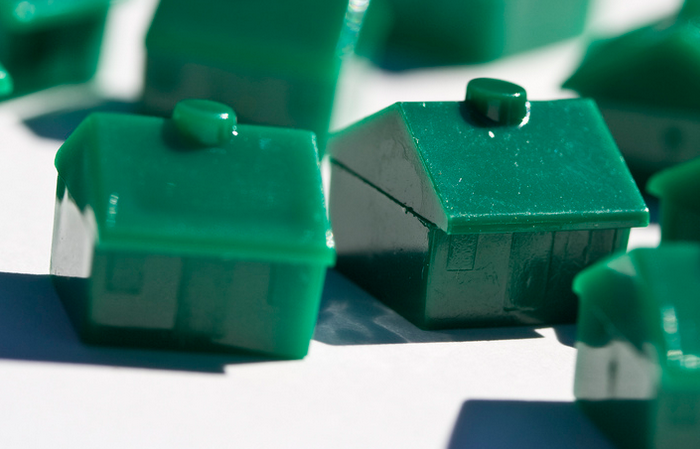
UK house prices rose 8% in the year to July, shows official government data, a slowdown from the 13.1% annual growth recorded in June.
On a monthly basis, house prices fell 3.7%. This brings the average house price in the UK to £256,000.
In England, house prices rose 7% annually, leaving the average house price at £271,000. In Wales, there was a yearly price rise of 11.6%, giving an average property value in the country is £188,000.
Scotland saw an annual rise of 14.6%, which equals an average house price of £177,000 and, in Northern Ireland, prices rose 9%, providing an average house price of £153,000.
London remained the region with the lowest annual growth for the eighth month in a row, with a modest 2.2% rise, bringing the average property value in the capital to £495,000, according to the data supplied by the Office for National Statistics.
The North East, meanwhile, recorded the highest annual growth, with prices moving up by 10.8% – although this is some way below the 15.8% growth witnessed in June.
FJP Investment chief executive Jamie Johnson asks: “Will the bubble burst or won’t it? This remains the question on everyone’s lips. Today’s ONS data… provides no clear answer, but it does suggest that the market is likely to undergo a steady deflation throughout the second half of the year, with prices stabilising, if not falling slightly.
“For now, this data shows that house prices were still on an upward march as the first stamp duty holiday deadline arrived, albeit at a slower rate than we had been seeing. However, should a dip in prices be revealed by newer data in the coming months, this should be welcomed, not feared.
“Some commentators will make bold claims about bubbles bursting, but the reality is that property industry would benefit from a period of sustained calm and predictability as the UK recovers from the effects of the pandemic.”
However, Yopa chief analyst Mike Scott believes prices will not dip. He says: “The June figure was distorted by people rushing to complete their purchase by the end of June and save on their tax bill, and May’s figure of 9.4% is a better comparison, suggesting that there has only been a small slowdown in the underlying rate of house price growth.
“Yopa expects a further boost in September as people rush to beat the final tax-saving deadline in England and Northern Ireland, but we don’t anticipate much of a slowdown after the end of the stamp duty savings.
“With demand for homes still high and supply remaining very limited, we expect the underlying rate of annual house price growth to remain around 8% into at least the first quarter of 2022, well ahead of wage increases and consumer price inflation.”



